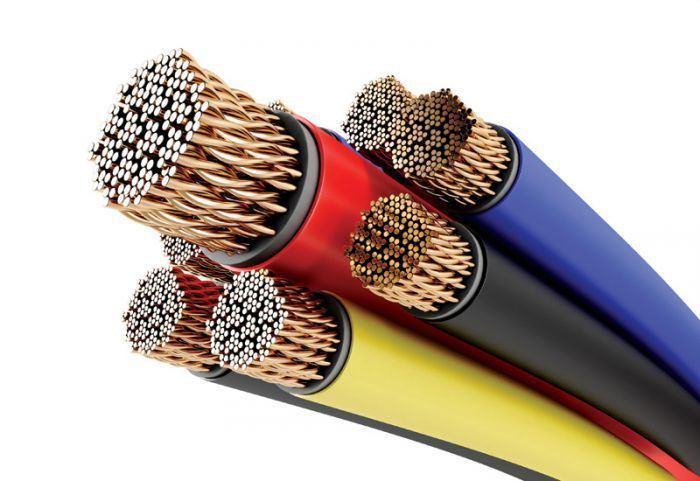How Powerful Are The Power Cables - Power Cable Manufacturers
Power cables are a strong and tightly held cluster of several cables taken together and well sheathed with a rubber or insulated material, generally used for distributing electricity, a large volume of electricity rather to different units. Power cables stands apart from the rest in the fact that the conductors or cables within the sheath are stranded which in turn provides flexibility to the power cable itself. If you have a project at hand which requires power cables, check out the below details and get in touch with one of the leading and certified Submersible flat cable manufacturer to finalise the power cable and customize it based on your requirement.

Properties of Power Cables – Check for the below properties in the power cable that you will be implementing in your project. Since it is a critical project of electricity distribution in infrastructures or industrial sectors, a small carelessness might lead to a huge damage. So ensure that the power cables are tested and comply with the quality standards. Also, check for the below features in them:
- Only aluminium or copper conductors should be used
- The conductor configuration should be carefully chosen – 1-4 core can be used
- The material used to cover up the cables, should be such that it can bear a high temperature of heat and should not melt away easily or transmit electricity.
- It should be flexible enough to bend as per requirement
- Fillers, screens and material used for the cables should also be considered.
- Insulation material should be carefully selected and should be either of the below:
- EPR: Ethylene Propylene Rubber
- HEPR: Hard Ethylene Propylene Rubber
- PVC: Polyvinyl Chloride
- PE: Polyethylene (not used nowadays due to short life)
- PTFE: Poly Tetra Fluoro Ethylene
- XLPE: Cross Linked Poly Ethylene (The most commonly used in LV/ MV power cable)
Usages OF Power Cables – Power cables are widely used in a number of applications to distribute and transmit electricity, as mentioned below:
- Cables in Ships, Wind mills, Buildings and houses
- Connection between Transformer and switchgear
- Connection between Switchgear and individual load
- Connection between Generator and transformer
- Underground cables for utility distribution network in Urban areas
- Submarine cables for transmission purpose – Here insulation plays a key role. For electricity transmission in moist or water conditions insulation plays a key role. Without a high grade insulation, electricity transmission under water or involving water like water pumps and motors, irrigation, huge water pipes in multistoried buildings, can be risky!
Power Cables and Voltages – Power cables can support voltage ranges as mentioned below:
- Low Voltages (LV) < 1 kV
- Medium Voltages (MV) > 1 kV and < 33 kV
Generally low or medium voltages are used. However in some huge infrastructural or high budgeted projects, power cables are implemented with Extra High Voltage (EHV), say, up to 400 kV.It is only the premium power cable manufacturers who can guide you towards choosing the exact type and quality of power cable for your project, in keeping with the environmental conditions and your project requisite. So before buying the power cables available in the market contact one of the leading power cable manufacturers for the necessary guidance as well as to get the most genuine products in order to serve the best for your customer.